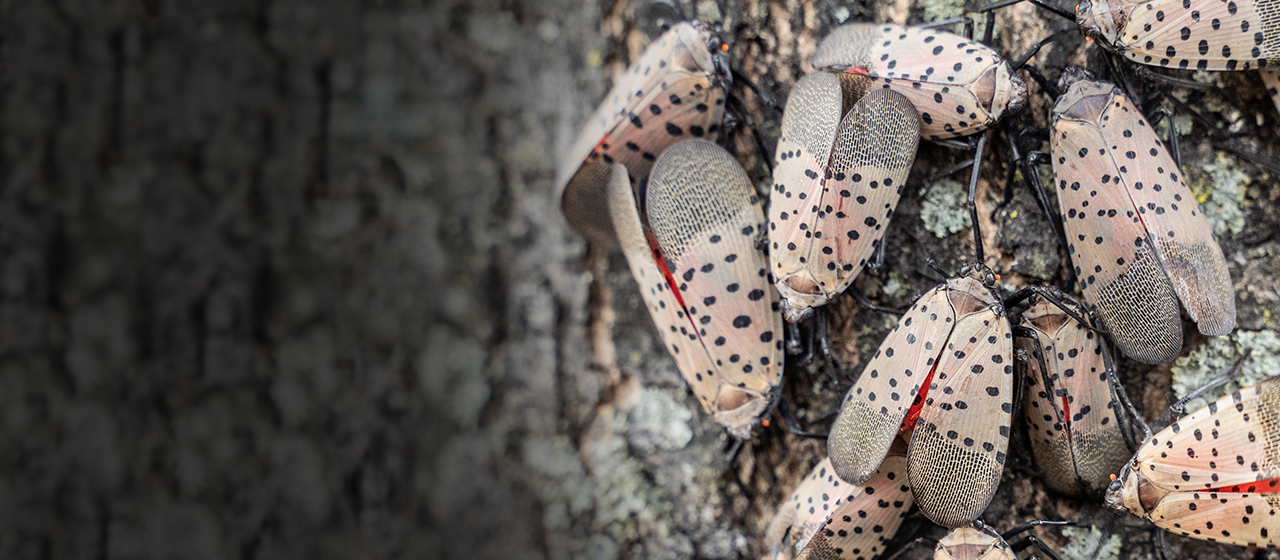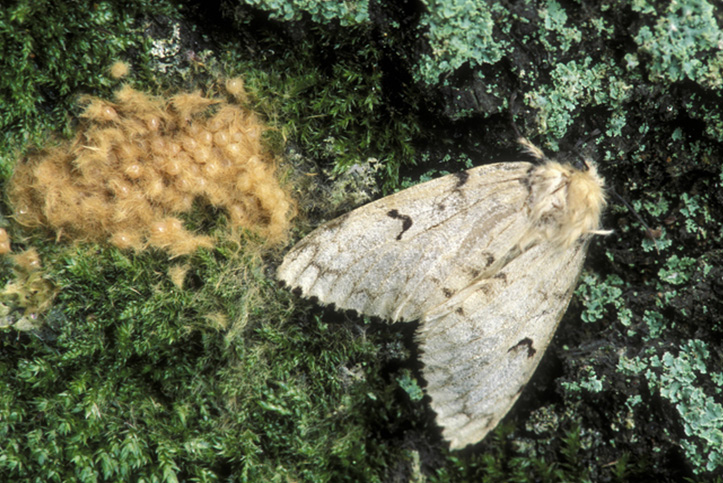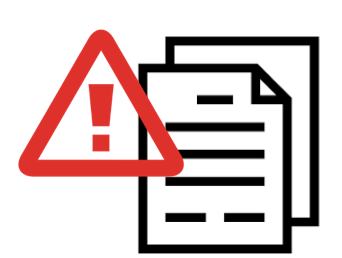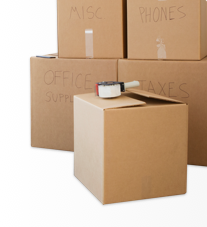
Help prevent the spread of pests

Invasive Species

Important note about your Spongy Moth and Spotted Lanternfly Form deadline
- This form must be completed at least 5 days before your PODS container is transported to or through California
- If you’re moving to Hawaii, this form must be filled out since your container will be entering California
- If the mandatory form isn’t submitted by the deadline, transit will be canceled, and rescheduled service dates are subject to availability
What they look like
Use these photos as a visual guide.
Have questions? We have answers.
Transit and delivery of your container will be cancelled, and rescheduled service dates will be subject to availability.
To ensure compliance with California’s mandate, all customers with containers traveling into the state must submit the form at least 5 days before their scheduled transit to or through California.
Once you’ve submitted your required form to our team, you’re done. Now you can focus on other details of your move.
Carefully inspect all the items listed on the checklist and your PODS container. Don’t forget to closely check all cracks and crevices, and be sure to keep your PODS container closed when not actively loading it. If you see any signs of pest activity, destroy them immediately.
Scrape them off with a putty knife or similar hand tool and dispose of them in hot, soapy water, or place them in a sealed plastic bag and set it in the sun.
If you notice tree defoliation on your property, holes in leaves, and egg masses on tree trunks and/or outdoor household items, you may have a spongy moth infestation.
Spongy moth egg masses have a fuzzy texture and are yellow in color. Please see images above.
If you notice plants that ooze or weep and have a fermented odor; a buildup of sticky fluid on the ground underneath infested plants; or egg masses, you may have a spotted lanternfly infestation.
Spotted lanternfly egg masses are typically light gray in color and look like cracked spots of mud or cement. Please see images above.
For more information, please visit the U.S. Department of Agriculture’s site to learn more about spongy moths and spotted lanternflies. You can also contact your local USDA Animal and Plant Health Inspection Service office.
Let's Get Started

Choose the service you need



